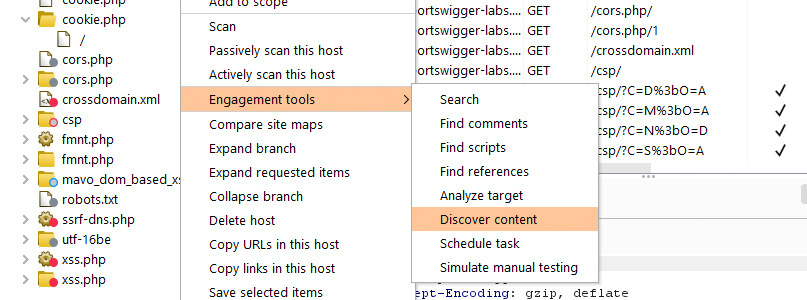
In the request, highlight the password value and click Add § to mark it as a payload position. Go to the Intruder tab and click Clear § to remove the default payload positions. It's often better to try running a dictionary attack first. However, for longer passwords and larger character sets, this type of attack is often impractical due to the number of requests needed. This enables you to brute-force passwords that don't necessarily appear in a wordlist. Any differences are highlighted.Īnother approach is to attempt every possible permutation of a character set. Select the two responses and click Words or Bytes to compare the responses. To investigate the contents of a response in detail, right-click and select Send to Comparer (response). If you're following along with the lab, set the username to wiener.

Make sure that you're using a valid username. Highlight the password value and click Add § to mark it as a payload position. Go to the Intruder > Positions tab and select the Sniper attack type.Ĭlick Clear § to remove the default payload positions. Send the request for submitting the login form to Burp Intruder. You can follow along with the process below using the User role controlled by request parameter lab from our Web Security Academy. This is far more efficient than an exhaustive brute-force attack, but relies on the user's password being present in your list, which may not always be the case.

One approach for brute-forcing passwords is to use a list of potential passwords, usually collated from previous data breaches. For the examples below, you can assume that the username wiener is valid.įor details on how to brute-force both the username and password in a single attack, see Brute-forcing a login with Burp Suite. For example, you can potentially enumerate a list of usernames using Burp. Identify one or more valid usernames for the target website. For some ideas on how to do this, see the Authentication topic on the Web Security Academy. To run these attacks on real websites, you usually need to also bypass defenses such as rate limiting. The examples below are simplified to demonstrate how to use the relevant features of Burp Suite.



 0 kommentar(er)
0 kommentar(er)
